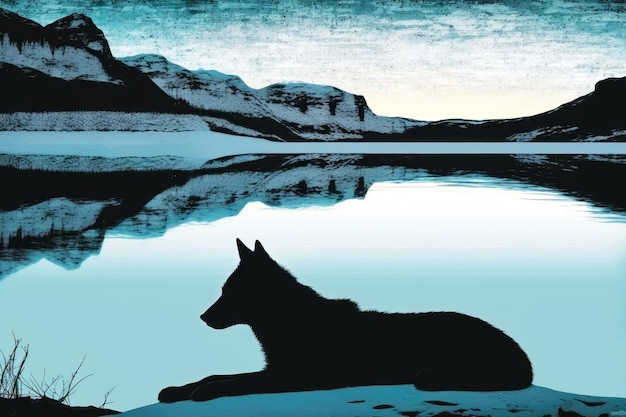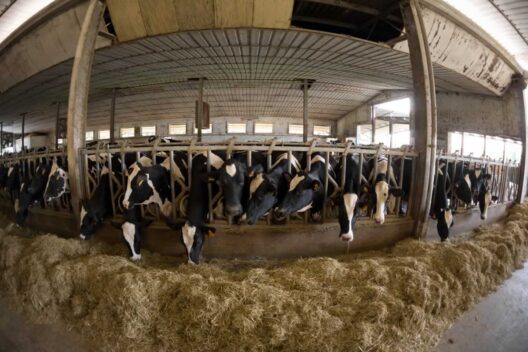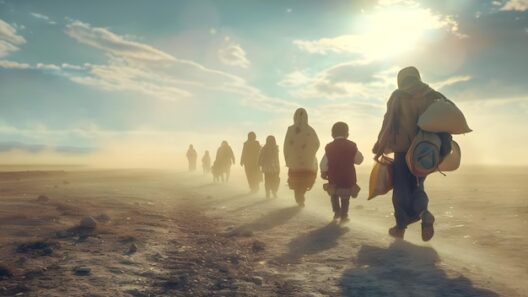Arctic climate, a realm characterized by its frigid temperatures and icy landscapes, presents an intricate web of ecological interactions. Life in this unique environment has evolved to withstand extreme conditions, yet it finds itself on the cusp of drastic change due to climate change. As temperatures rise and ice melts, both flora and fauna dependent on these frozen habitats are increasingly at risk.
The Arctic is defined by its harsh climate, where winter nights extend for months and temperatures can plunge far below freezing. The polar climate is marked by limited precipitation, which primarily falls as snow. In summer, however, the land is bathed in nearly constant daylight, leading to a brief but vibrant growing season. This seasonal dichotomy fosters a unique array of biodiversity that has adapted remarkably to the seemingly inhospitable conditions.
Flora and fauna of the Arctic have evolved a myriad of adaptations to thrive in their frigid habitat. The vegetation is primarily composed of low-lying plants, including mosses, lichens, and hardy shrubs that can withstand the permafrost underlying the surface. These plants play a crucial role in the ecosystem, acting as the foundation for food webs. The short growing season allows for a burst of life, where flowering plants, such as the Arctic poppy, display their blooms in a fleeting spectacle that captures the magical essence of the Arctic summer.
Certain species have established intricate survival strategies to cope with environmental stressors. The Arctic fox, for instance, is known for its remarkable ability to adapt to temperature fluctuations and resource availability. With its thick fur coat and insulated paws, it traverses the icy landscape adeptly. This cunning predator and scavenger rely on a diet that varies seasonally, hunting small mammals and scavenging from larger predators. Its social behavior includes staying with a family unit, which helps in efficiently raising young and sharing resources.
Other notable inhabitants of the arctic ecosystem include the polar bear, a symbol of the Arctic’s grandeur and fragility. These majestic creatures are largely dependent on sea ice for hunting seals, their primary source of nourishment. With the retreat of ice and longer summers, polar bears are forced to swim greater distances in search of food, leading to increased metabolic stress and lower reproductive success.
Beneath the surface of the ice, marine ecosystems are equally complex. The Arctic Ocean harbors a variety of species, from tiny plankton to large whales. The cold, nutrient-rich waters create a fertile environment for diverse marine life. Krill, for instance, forms the base of the food web, sustaining fish, seabirds, and marine mammals. The warming waters, however, are causing shifts in species distributions and affecting traditional hunting practices for indigenous communities reliant on these resources.
The indigenous populations living in the Arctic have cultivated a deep connection to their environment over millennia. Their knowledge and stewardship of the land and sea are invaluable in understanding the ecological implications of climate change. As temperatures rise, traditional practices such as hunting and fishing face profound alterations. Fish populations shift in response to changing water temperatures, which alters the availability of food sources for communities that have relied on these resources for generations.
Climate change is not merely a distant concern for the Arctic; it has immediate and tangible impacts. The Arctic is warming at more than twice the global average, leading to permafrost thawing and the subsequent release of greenhouse gases, creating a feedback loop that exacerbates global warming. This warming is further manifesting in altered precipitation patterns and increased frequency of extreme weather events. Infections that were previously contained due to cold temperatures are now emerging, threatening both human and animal health.
Melting glaciers contribute significantly to rising sea levels, which threatens coastal communities worldwide. As icebergs calve and glaciers recede, the implications for ecosystems are profound. Ice serves as a crucial habitat for numerous species, and its loss threatens the delicate balance of life forms that rely on it. The aesthetic beauty and stark reality of the Arctic landscape are under siege, challenging the resilience of flora and fauna alike.
In light of these challenges, conservation efforts and environmental advocacy are imperative. Immediate action is needed to mitigate the effects of climate change on this delicate ecosystem. Strategies may include the establishment of marine protected areas, regulation of fishing practices, and support for indigenous knowledge systems to promote sustainability. Public awareness and engagement are also vital in advocating for effective policies to combat climate change on a global scale.
The Arctic is a region at the forefront of climate change, embodying the fragility of Earth’s ecosystems. As the landscape transforms and wildlife struggles to adapt, the interconnectedness of life is starkly highlighted. Understanding the Arctic climate, its inhabitants, and the challenges they face is crucial for fostering appreciation and igniting action in the fight against climate change. The future of the Arctic ecosystem hangs in the balance; therefore, it is essential that concerted global efforts are undertaken to preserve this remarkable and irreplaceable world.








